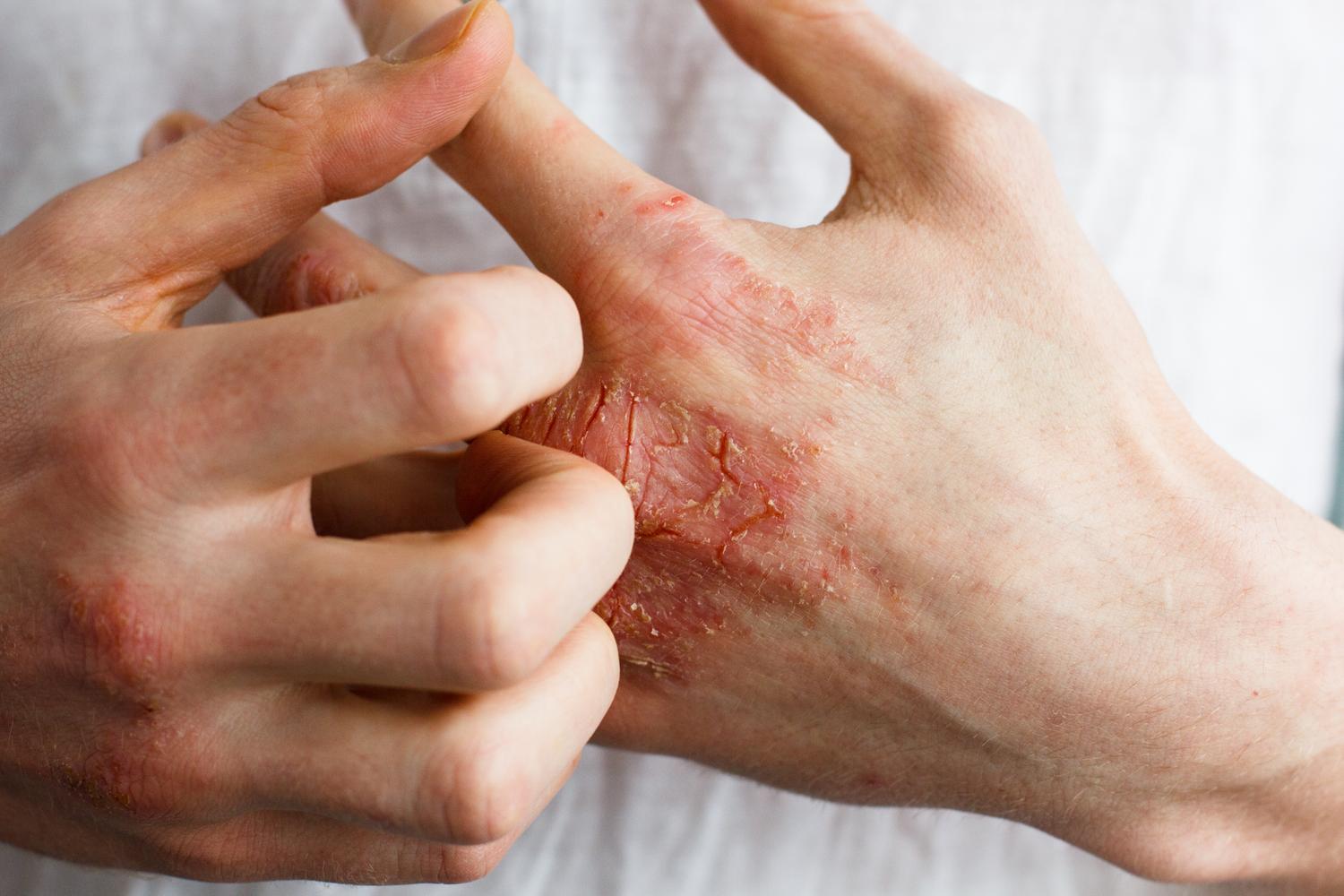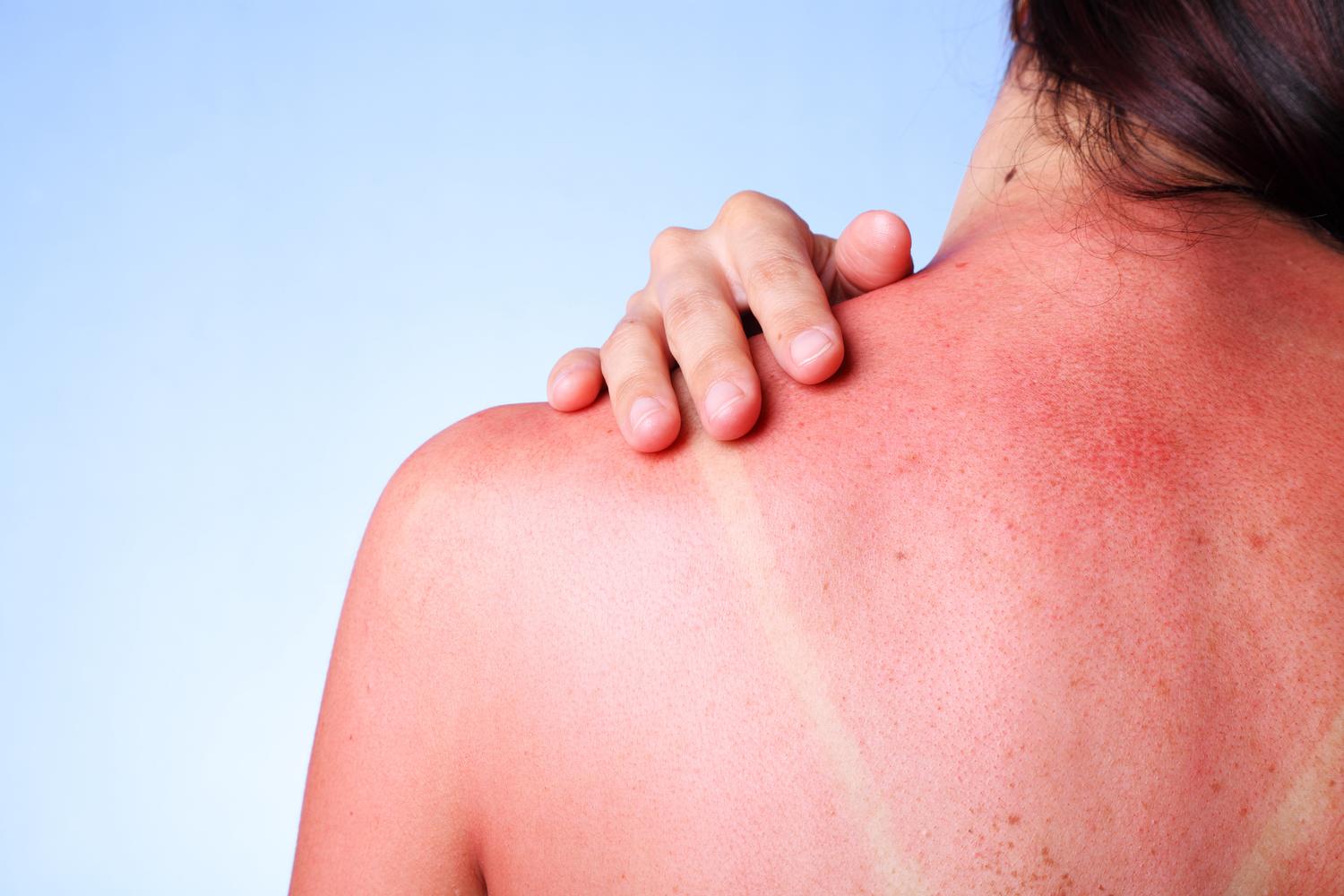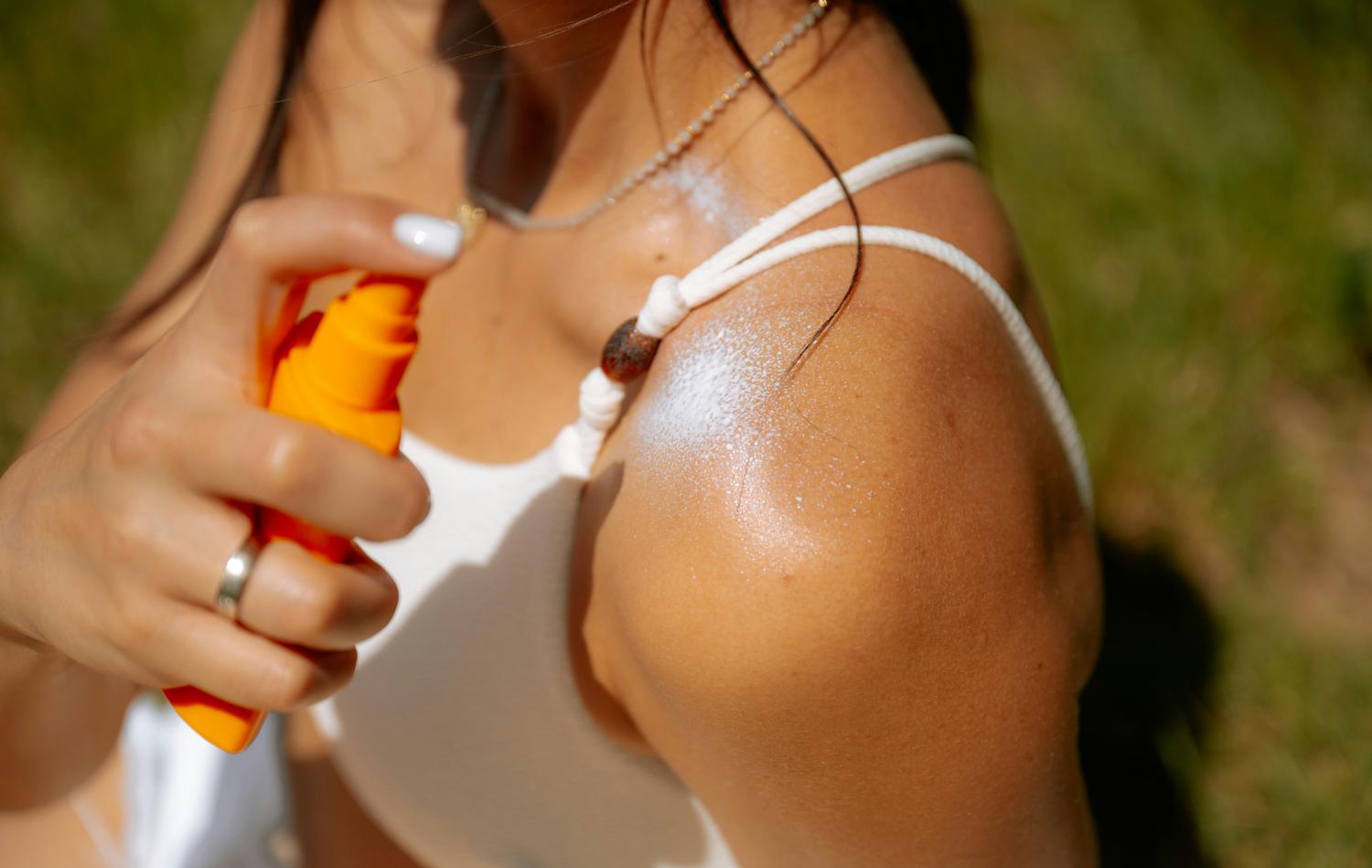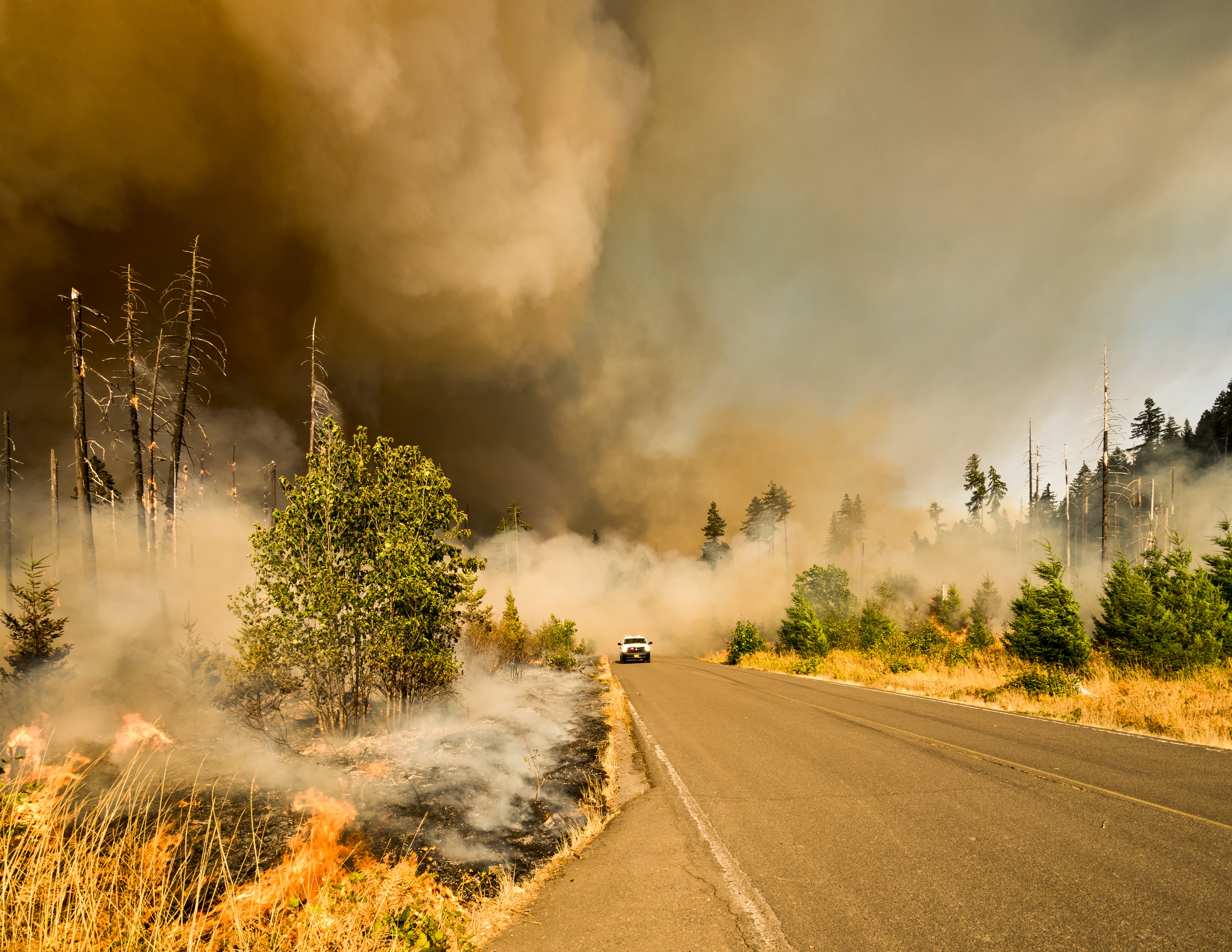Heat Exhaustion vs Heat Stroke: What’s the Difference?
Key Takeaways
- Both heat exhaustion and heat stroke are heat-related illnesses
- Heat stroke is more severe than heat exhaustion, and can be fatal if not treated quickly
- If you or a loved one is experiencing loss of consciousness, seizure or cognitive decline after exposure to high temperatures, call 911
Warmer weather can signal beach trips, barbecues, and other fun outdoor activities. But when temperatures soar, your risk of heat-related illness (hyperthermia) rises, too.
Two well-known types of heat illnesses are heat exhaustion and heat stroke. Both of these conditions happen when you’re exposed to extreme heat or humid weather for too long. This causes your body’s internal temperature to rise and can also cause dehydration.
However, heat exhaustion and heat stroke vary in terms of severity, symptoms and treatment. Read on to learn more about the differences between these conditions, along with treatment and prevention measures.
What is the difference between heat exhaustion and heat stroke?
Both heat exhaustion and heat stroke are forms of heat-related illness. However, heat exhaustion is considered more mild and can generally be treated by hydrating, resting and cooling down. Heat stroke is far more severe and is a life-threatening medical emergency.
Heat exhaustion happens when the body becomes dehydrated. This is generally a result of fluid loss from sweating and can be caused by high temperatures or strenuous exercise. Some common signs of heat exhaustion include heavy sweating, weakness, dizziness, headaches, nausea, muscle cramps and a rapid but weak pulse. If not addressed, it can quickly develop into heat stroke.
Heat stroke happens when extreme heat or humidity causes the body to lose control of its own temperature regulation system. As a result, your core body temperature rises. Heat stroke can damage your brain and other vital organs, and can be deadly if not treated right away. Symptoms of heat stroke include a body temperature about 104°F (40°C), dry skin (sweating may be absent), confusion, seizures, loss of consciousness and a rapid, strong pulse. Heat stroke requires immediate medical attention to prevent serious complications or death.
How to tell the difference between heat exhaustion and heat stroke
Knowing the difference between symptoms of heat exhaustion and heat stroke is critical. Here’s how to spot the warning signs of both conditions:
| Symptoms of Heat Exhaustion | Symptoms of Heat Stroke |
|---|---|
|
|
|
|
| - Nausea or vomiting |
|
|
|
|
|
|
|
|
|
|
|
|
|
|
|
Treating heat exhaustion
If you or a loved one is showing signs of heat exhaustion, these measures can help:
- Move to an air-conditioned, cool place
- Drink sips of cool water, an electrolyte sports drink, or another fluid to ensure hydration
- Rest and avoid strenuous activities
- Place a cold compress over your forehead and/or neck to cool down
If the affected person isn’t showing signs of improvement after an hour or so, call your primary care provider for advice.
Treating heat stroke
If you or someone you know is exhibiting signs of heat stroke, you should call 911 immediately. In the meantime, do your best to cool down the affected person. Common first-aid measures for heat stroke include:
- Placing the person in a cool shower or bath to help bring down their temperature
- Putting ice packs on the person’s neck and/or armpits
- Removing unnecessary clothing and covering the person with cool, wet towels or blankets
- If the person is awake, offer them sips of water or another non-alcoholic, non-caffeinated beverage to help them rehydrate
Preventing heat-related illnesses
According to the Centers for Disease Control and Prevention (CDC), there were nearly 120,000 heat-related emergency room visits in 2023. However, there are many strategies that can help prevent heat stroke, heat exhaustion and other heat-related illnesses. These include:
- Using an air conditioner during hot weather
- Limiting outdoor sports and other physical activities on hot days
- Drinking plenty of water, and up your fluid and electrolyte intake if you’ve been working out or sweating
- Avoid alcoholic beverages or caffeinated beverages in hot environments, as these can dehydrate you
- Pacing yourself if you’re not used to exercising or spending time in hot environments
- Wearing light-colored, loose-fitting clothes that keep your body cool
- Being aware of any medical conditions or medication side effects that can cause fluid loss, decreased sweating or decreased heart rate
- Making sure that children or impaired adults are not left alone in a car or another enclosed space
- Use the National Weather Service heat index to see how different temperatures impact your risk of heat-related illness
Increased risk factors for heat-related illnesses
Some people are at higher risk for heat-related illnesses than others. Groups with increased risk factors include:
- Adults 60 years and older
- Athletes
- Infants and children
- Outdoor workers
- People with chronic conditions, such as high blood pressure, diabetes, obesity and heart disease
- Pregnant women
How Sesame can help
If you are at increased risk for heat-related illness due to factors such as obesity, diabetes or another condition, Sesame can help.
During an online doctor visit, a healthcare provider can offer effective prevention strategies and advice based on your medical history and current medications. This personalized care can help you stay safe and enjoy warm weather without compromising your health.
Related posts

We want you and your family to get the most out of your summer activities. Whether heading to the beach, hiking, or tackling yard work, these simple safety tips can help you stay healthy and safe in high temperatures.

As we gear up for another scorching summer, it's important to be aware of heat rash and how you can prevent and treat this common condition.

Learn how to identify if you're dealing with a dehydration headache, along with at-home tips for treatment and prevention.

Explore the differences between eczema and psoriasis, two chronic skin conditions. Discover their symptoms, causes and various treatment options to help manage these conditions effectively.

Hot flashes can be overwhelming, disruptive and unpredictable. This article explores what hot flashes are, along with their common symptoms. It also offers the best natural and medical remedies to help mitigate them.

Around a third of Americans report getting sunburned each year. Common as sunburns are, they're also painful and can cause long-term damage to your skin. Read on for treatment and prevention tips to help keep your skin protected now and into the future

Discover how hydration affects blood pressure and learn practical tips to maintain your health through proper water intake. Be motivated to stay hydrated!

Is there really a difference between SPF 30 and SPF 50? And how can you get the most protection out of your sunscreen? Read on to learn more about SPF strength differences and how to protect your skin from the sun’s harmful rays.

In order to safeguard ourselves and our loved ones, it is crucial to take proactive measures to protect against wildfire smoke. We address some frequently-asked questions about air quality, wildfire smoke health risks.
